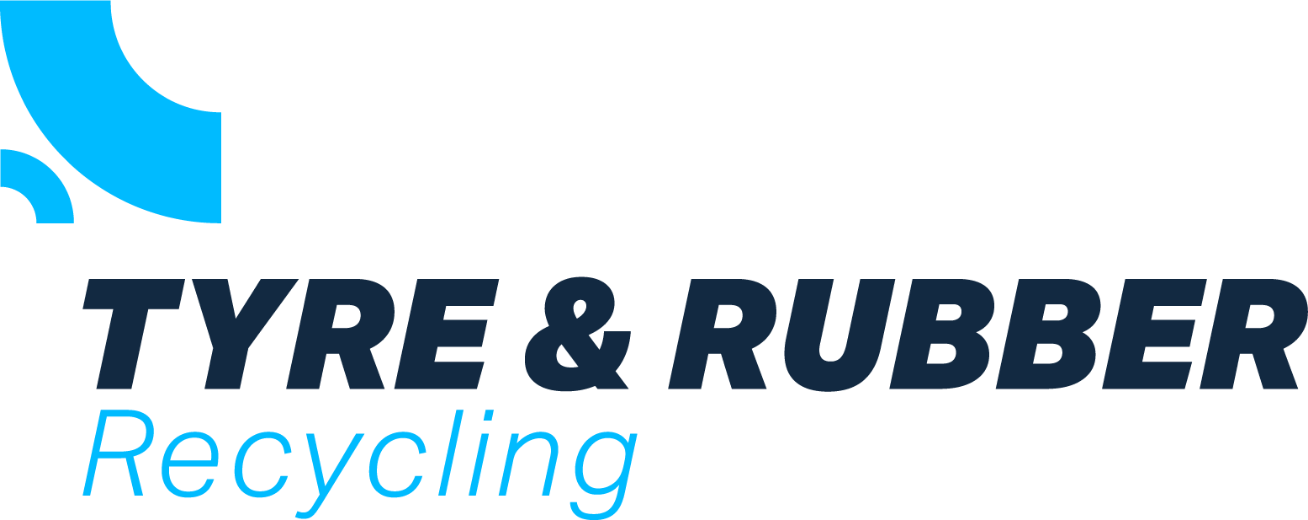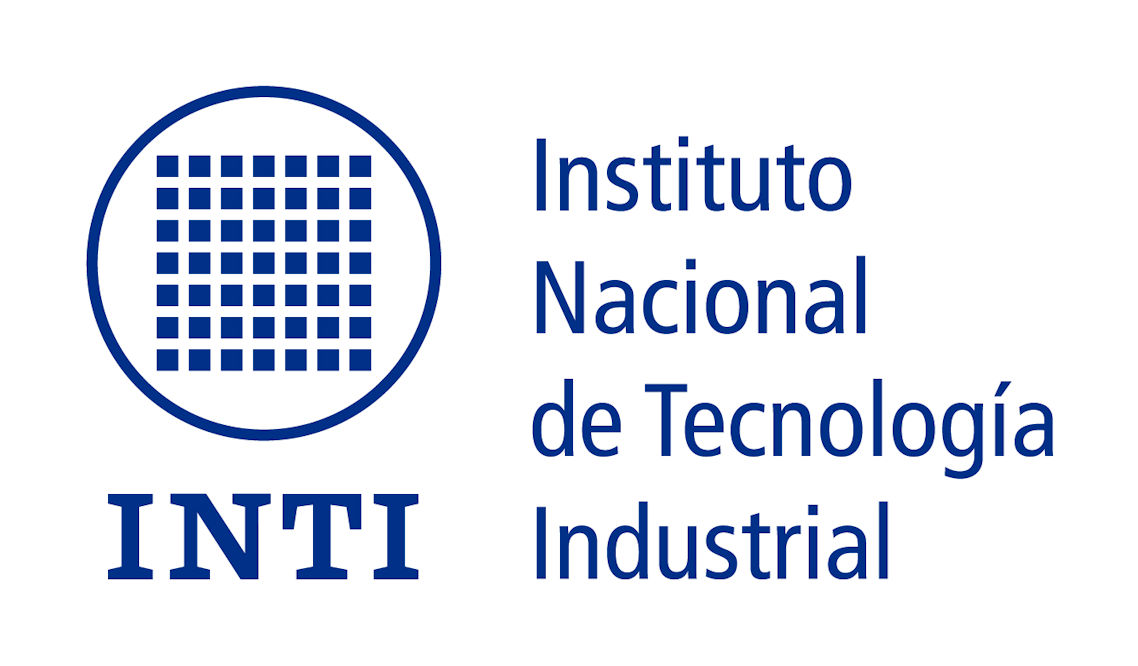Argentina offers a consolidated experience in the field of tyre management in Latin America, where collaboration between industry and the state often suffers from institutional fragility or discontinuity
It is a story of technical cooperation, pioneering regulation, and a sectoral commitment to sustainability. In 2025, the Argentine Tyre Industry Chamber (Cámara de la Industria del Neumático, CIN) marks 50 years since its founding — a milestone that reflects its evolution from a traditional trade body into a key player in both industrial and environmental policy.
Since its creation in 1975, CIN has represented the main tyre manufacturers with local production facilities, promoting quality standards aligned with international regulations such as the ECE (UNECE) norms and the U.S. Department of Transportation (DOT) standards. Over the decades, CIN has built a technical dialogue platform with public institutions, establishing a long-term strategic vision for the sector that transcends corporate interest defence.

Circular Economy: A Pioneering Partnership
One of the most significant milestones was the establishment of the Permanent Commission on Tyre Recycling, formalised in 2003 through INTI Resolution No. 331. This commission brings together national and Mercosur manufacturers — including Bridgestone, Fate, Pirelli, Michelin, Goodyear, Continental, Titan, and Prometeon — with the INTI Rubber Research and Development Centre. It has become a leading technical forum for sustainable end-of-life tyre (ELT) management.
Among the most tangible results of this collaboration is the creation of Regomax S.A., launched in 2010 at the North III Environmental Complex operated by CEAMSE (the State-run Ecological Coordination for Greater Buenos Aires). Regomax has become a regional benchmark for ELT material recovery, proving that large-scale solutions can be achieved through public-private cooperation, based on local technology and a circular approach.
This trajectory led to Argentina’s first national legal framework for sustainable tyre management — Resolution No. 523, issued in 2013 by the Secretariat of Environment and Sustainable Development. A decade later, in 2023, INTI Resolution No. 472 further strengthened this path by institutionalizing the Commission as a permanent advisory body to national ministries, formally recognising its role in shaping circular economy and complex waste policies.
Tyre Retreading: A Strategic Link in the Chain
While recycling has received the most public attention, it is essential to highlight the work led by INTI together with ARAN — the Argentine Tyre Retreading Association — in promoting retreading (commonly referred to as reconstrucción in the Argentine context). This process extends tyre lifespan, reduces operational costs, and prevents thousands of tonnes of waste each year, particularly in heavy transport and mining sectors.
A key milestone is the projection for 2025: ARAN and INTI expect to reach 25 nationally certified retreading plants. This effort strengthens sector-wide quality and traceability standards, positioning retreading as a strategic solution to logistics, environmental, and market challenges. More than a technical achievement, it represents a qualitative leap in the institutional consolidation of retreading as a legitimate industrial activity with a low environmental footprint.
Moreover, retreading holds a privileged place in the waste hierarchy established by both European legislation and Chile’s EPR Law, which prioritize reuse over recycling or energy recovery. Fully integrating retreading into Argentina’s industrial and environmental policy would require:
- Sustainable public procurement programs prioritizing retreaded tyres.
- Fiscal incentives and green financing lines for retreading companies.
- National technical certification and traceability systems.
- Explicit recognition of its role in Argentina’s carbon neutrality goals.
A Model with Regional Potential
Argentina’s experience — built on solid technical institutions and a culture of multi-sector dialogue — offers valuable lessons for other Latin American countries that have yet to consolidate ELT management systems. CIN and INTI have sustained, with ups and downs but without structural interruption, a model that aligns industrial policy, technological development, and environmental regulation.
Moving forward, it is essential to further integrate the retreading sector into national circular economy strategies — not as a marginal solution, but as a central tool for sustainable production, energy efficiency, and local job creation.
Celebrating 50 years of history is about looking back. It is about reinforcing the platform from which to build a future where rubber is no longer treated as waste — but becomes, with each extended cycle, a symbol of a more circular, competitive, and territorially rooted industry.


















